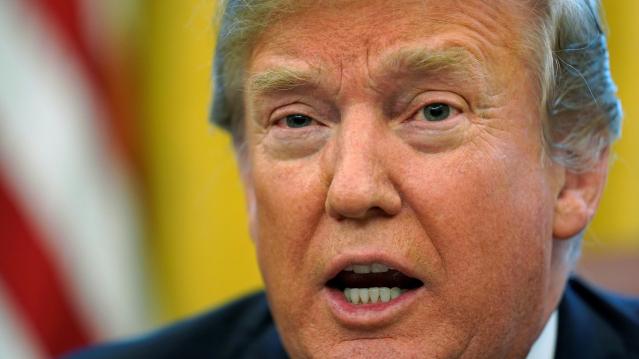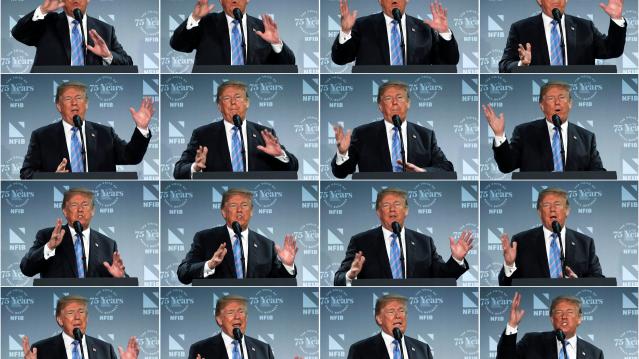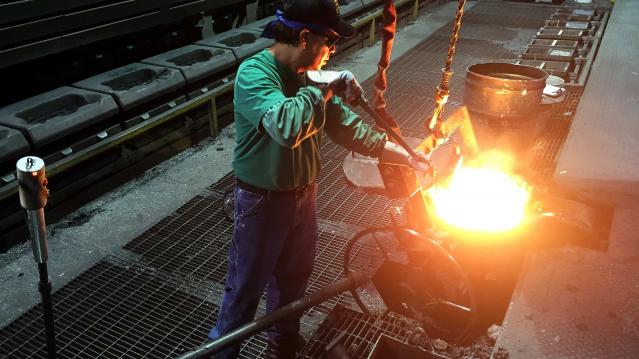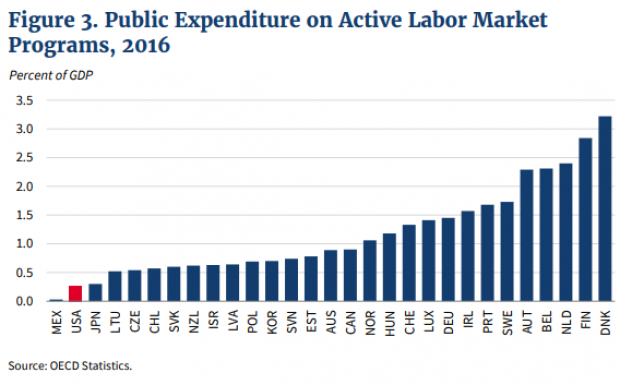Go to Work, Ladies! Your Kids Will Be Grateful

So what if you can’t have it all? Maybe your daughter can.
A new working paper by the Harvard Business School finds that daughters of working mothers are likely to be more successful in the workplace than their peers. Analyzing data on 50,000 people in 24 countries, researchers found these women are more likely to be employed, hold supervisory positions and earn more money than women who grew up with stay-at-home mothers.
A working mother was defined as being employed before their child turned 14 years old.
Daughters of employed moms are 4.5 percent more likely than daughters of stay-at-home moms have jobs, the study found -- small but statistically significant difference, the authors say, meaning it’s not just a coincidence. Daughters of working mothers also earn 23 percent more than daughters of women did not work outside the home.
Related: 10 Best States for Working Mothers
In addition, 33 percent of daughters of employed women hold supervisory roles, compared to 25 percent of daughters of stay-at-home mothers. And the daughters of working moms do fewer hours of housework each week, the study finds.
Sons of working mothers were found to spend 7.5 more hours on childcare per week and a longer amount of time on household chores. They spend more time caring for family members than sons of stay-at-home mothers.
The study hints at the neglected importance of gender attitudes that are shaped and refined within homes and in families, since policymakers usually focus on gender differences on the political and corporate levels. Parents who embody non-traditional gender roles are serving as role models and a resource for their children who might one day enact non-traditional gender roles in their own lives.
Working mothers are demonstrating to their children that traditional gender roles are not the only opportunities for their sons or daughters. Even though many mothers worry that by working they’re neglecting their child, they could actually be helping them in the long-run by showing them they’re world might not be as limited as tradition suggests.
The study comes in the wake of a slight reversal in the decades-long trend of women joining the ranks of the employed. From 1999 to 2012, the number of mothers who were unemployed in the U.S. rose from 23 percent to 29 percent, a Pew study found. Causes of the rise are debatable, but a growing number of women cite their inability to find a job, largely as the result of the recession.
With the job market recovering, the new study’s message is clear: Lean in, women!
Stat of the Day: 0.2%

The New York Times’ Jim Tankersley tweets: “In order to raise enough revenue to start paying down the debt, Trump would need tariffs to be ~4% of GDP. They're currently 0.2%.”
Read Tankersley’s full breakdown of why tariffs won’t come close to eliminating the deficit or paying down the national debt here.
Number of the Day: 44%

The “short-term” health plans the Trump administration is promoting as low-cost alternatives to Obamacare aren’t bound by the Affordable Care Act’s requirement to spend a substantial majority of their premium revenues on medical care. UnitedHealth is the largest seller of short-term plans, according to Axios, which provided this interesting detail on just how profitable this type of insurance can be: “United’s short-term plans paid out 44% of their premium revenues last year for medical care. ACA plans have to pay out at least 80%.”
Number of the Day: 4,229

The Washington Post’s Fact Checkers on Wednesday updated their database of false and misleading claims made by President Trump: “As of day 558, he’s made 4,229 Trumpian claims — an increase of 978 in just two months.”
The tally, which works out to an average of almost 7.6 false or misleading claims a day, includes 432 problematics statements on trade and 336 claims on taxes. “Eighty-eight times, he has made the false assertion that he passed the biggest tax cut in U.S. history,” the Post says.
Number of the Day: $3 Billion

A new analysis by the Department of Health and Human Services finds that Medicare’s prescription drug program could have saved almost $3 billion in 2016 if pharmacies dispensed generic drugs instead of their brand-name counterparts, Axios reports. “But the savings total is inflated a bit, which HHS admits, because it doesn’t include rebates that brand-name drug makers give to [pharmacy benefit managers] and health plans — and PBMs are known to play games with generic drugs to juice their profits.”
Chart of the Day: Public Spending on Job Programs

President Trump announced on Thursday the creation of a National Council for the American Worker, charged with developing “a national strategy for training and retraining workers for high-demand industries,” his daughter Ivanka wrote in The Wall Street Journal. A report from the president’s National Council on Economic Advisers earlier this week made it clear that the U.S. currently spends less public money on job programs than many other developed countries.

